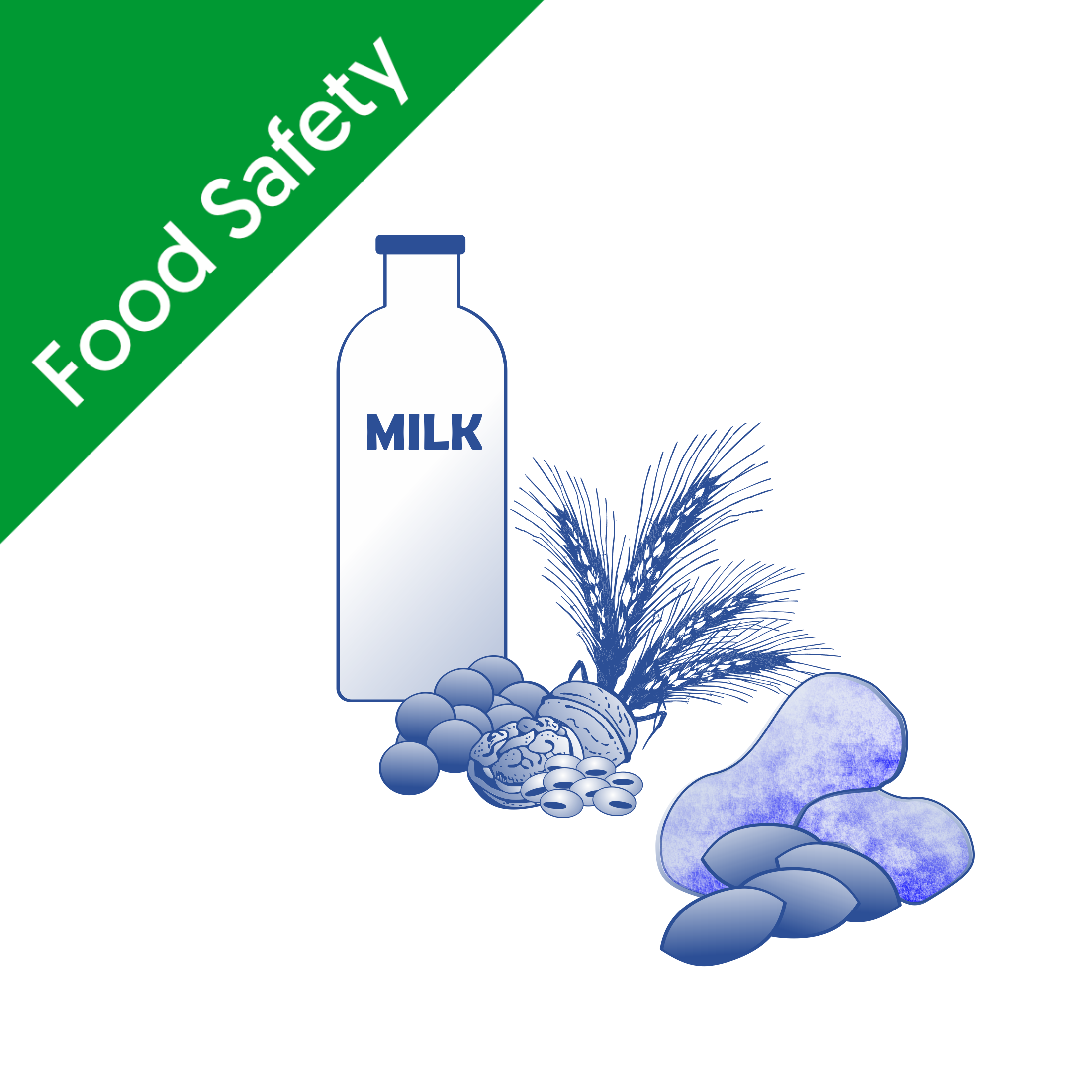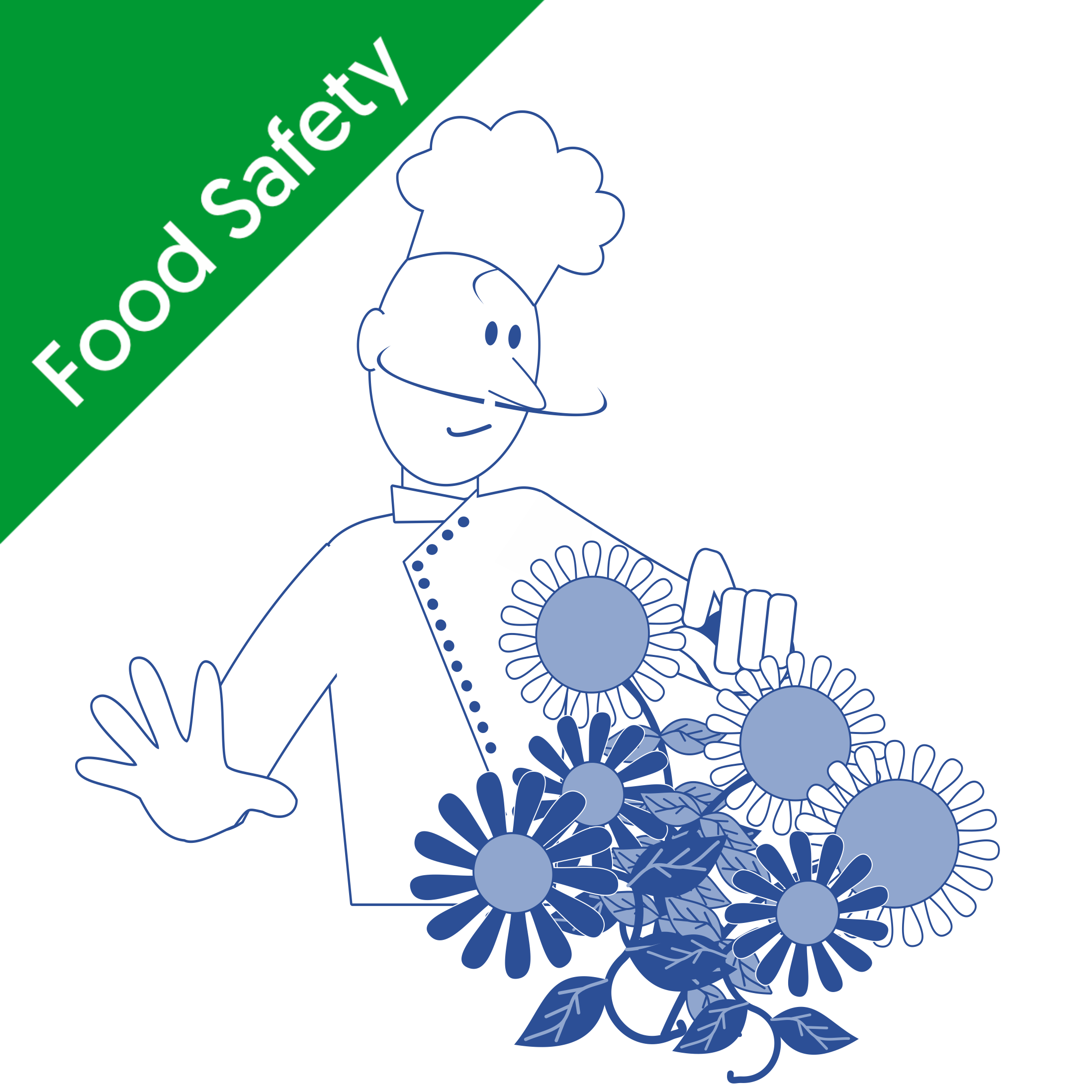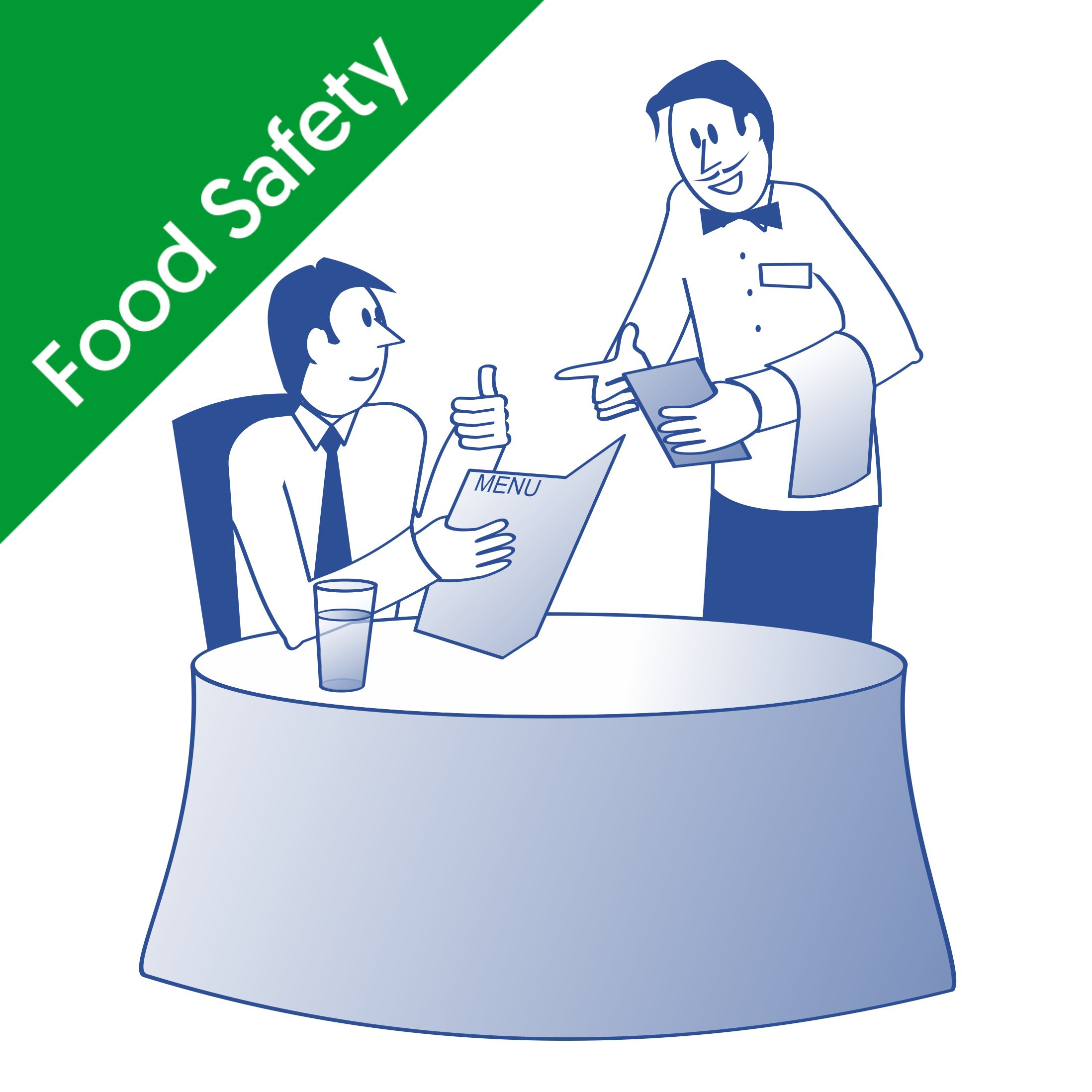What does HACCP stand for?
HACCP stands for Hazard Analysis and Critical Control Points. This sounds confusing, but it merely refers to what the system involves (a hazard analysis) and where it is applied (at critical control points).
Is HACCP a legal requirement?
Implementing a HACCP-based food safety management system is a legal requirement in many countries. In the UK, this requirement is enforced by the Food Safety and Hygiene (England) Regulations 2013, the Food Hygiene (Scotland) Regulations 2006, the Food Hygiene (Wales) Regulations 2006, and the Food Hygiene Regulations (Northern Ireland) 2006.
What are the 7 principles of HACCP?
There are seven principles of HACCP that food businesses must incorporate into their food safety management system:
Principle 1 - Identify the hazards that must be eliminated or reduced
This principle requires food businesses to conduct a hazard analysis to identify potential hazards and specify control measures to eliminate significant hazards or reduce them to an acceptable level.
Principle 2 - Identify the critical control points (CCPs)
This requires a business to identify the critical control points, which are the points where a control must be applied to manage a food safety hazard.
Principle 3 - Establish critical limits
This is a measurable value used to differentiate safe food from unsafe food.
Principle 4 - Establish a monitoring system
Establishing a monitoring system requires a business to decide upon and implement a series of planned measurements and observations to ensure that the control measures work as intended.
Principle 5 - Decide on a corrective action plan
At this stage, food businesses are required to identify the steps that will be taken in the event of a control measure failing.
Principle 6 - Validation, verification, and review
These are a series of actions designed to make sure that the HACCP system is working correctly and remains up to date at all times.
Principle 7 - Documentation and record-keeping
This principle requires businesses to keep the documents and records used to create, implement and review their HACCP plan.
These principles can be confusing to understand. For more information on them and how they are used to create a HACCP-based food safety management system, consider taking our online HACCP training course.
What is a hazard analysis?
A hazard analysis is the first step of the HACCP (Hazard Analysis and Critical Control Points) process. It involves identifying the hazards present that could affect the safety of the food being produced, determining how likely they are to occur and how severe their consequences are, and identifying control measures that can be used to manage them.
It is essential that a hazard analysis is completed thoroughly to ensure that any control measures implemented effectively target those hazards that are likely to occur and cause harm.
What is a hygiene rating?
All food businesses are required to undergo an inspection to determine whether they are following food hygiene law. This will be completed by a food safety officer from the local authority.
After an inspection, a food business will be assigned a score between 0 and 5, with 5 indicating that its hygiene standards are very good, and 0 indicating that urgent improvements to its hygiene practices are required. This score can be viewed online, and is usually displayed on the business’ premises.
To ensure it receives a good food hygiene rating, a food business must make sure that it has an effective HACCP-based food safety management system in place to ensure that any threats and vulnerabilities that could compromise food safety are controlled effectively.
What does VACCP stand for?
VACCP stands for Vulnerability Assessment and Critical Control Points. It is often referred to simply as a Vulnerability Assessment.
What is VACCP?
Unlike HACCP, VACCP is concerned with preventing food fraud, which is the intentional contamination of food during its production. This is usually done for economically motivated reasons.
In a vulnerability assessment, a food business will look for vulnerabilities in its production processes and supply chain to work out the points at which food fraud can happen. This is useful because it makes it easier to complete a threat assessment and identify the specific kind of food fraud that can occur.
What does TACCP stand for?
TACCP stands for Threat Assessment and Critical Control Points but is often referred to as just a Threat Assessment.
What is TACCP?
Much like VACCP, TACCP is also concerned with the prevention of food fraud. However, TACCP considers the actual threats that a business may experience.
This means that a threat assessment will use the vulnerability assessment's information to determine the specific forms of food fraud to which a business is susceptible. It will then establish measures to detect these threats and prevent them from happening.
What is the difference between TACCP and VACCP?
Both TACCP and VACCP are concerned with preventing intentional food contamination. This is in contrast to HACCP, which only aims to prevent unintentional food contamination.
VACCP focuses on vulnerabilities in a system, whereas TACCP focuses on threats. Simply put, this means that TACCP looks at what could happen, and VACCP considers when it could happen.
If you are looking for training in HACCP, VACCP or TACCP, consider taking one of our food safety management courses shown below:








